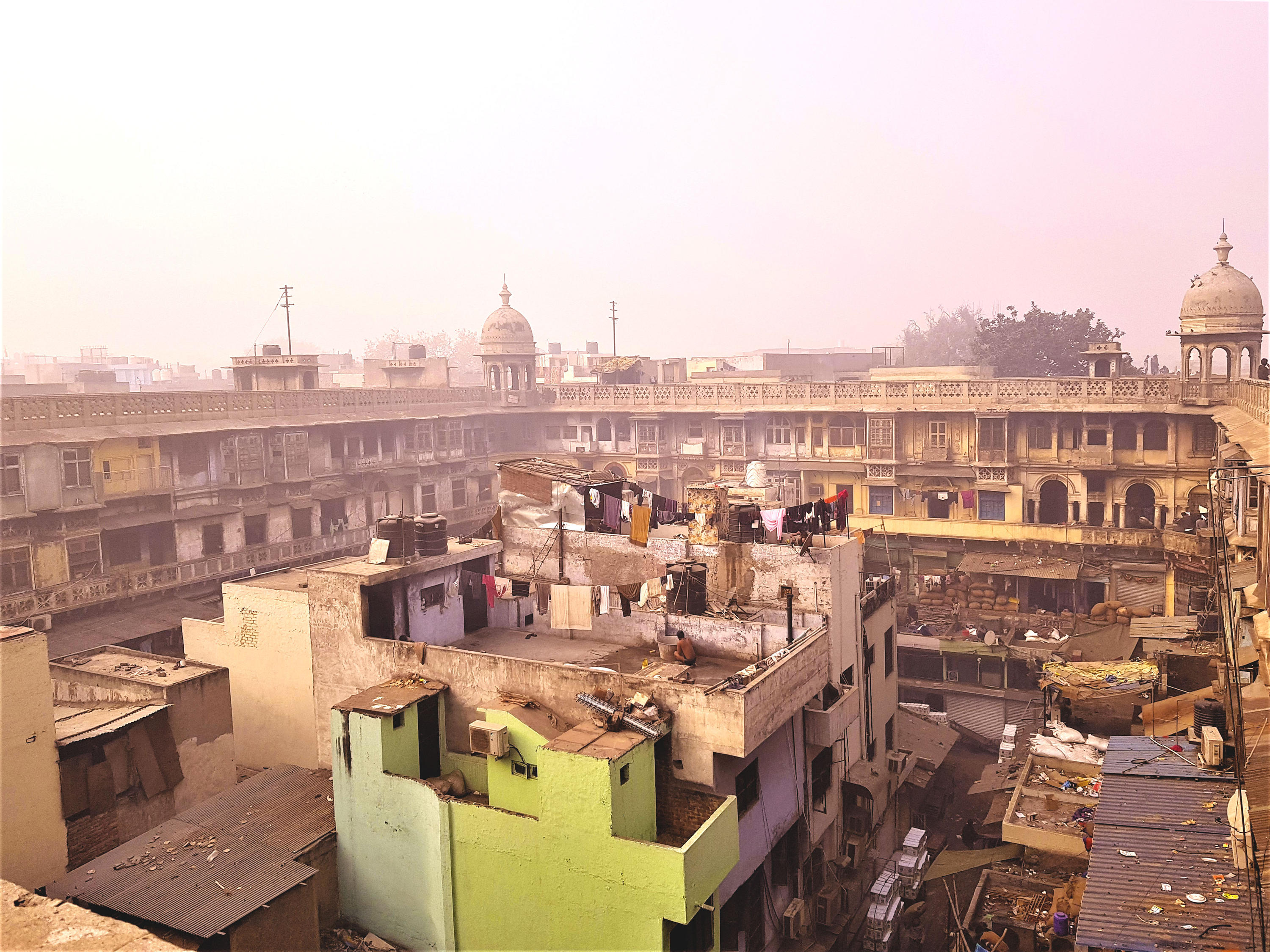
Of the thesis entitled: Revitalization of the Walled City of Delhi, Shahjahanabad: Incremental Urban Development Mediated through an Urban Design Framework
Shahjahanabad, the historic center of Delhi, built in 1638, offers an old-world charm that fosters a culturally rich community. Also known as Old Delhi, the hustling streets, the vibrancy of the old city life and the people who live like a close-knit family, are the heart of the city.
This thesis explores the crisis of resilience of the historic city center in adapting to the rural-urban migration that has been occurring as a consequence of a transition from being developing nations to rapidly modernized ones. Shahjahanabad, being the historic center, has been at the receiving end of this explosion in population growth. Migration of thousands of people from rural as well as urban agglomerations has impacted the civic infrastructure and constantly challenges the resilience of the city.
Over the course of hundreds of years, various old mansions in Shahjahanabad have been converted to markets, workshops or sites for manufacturing industries. The change in the functional typology of the mansions is visible in the now built-up courtyards. The charm and grandeur of the architecture peculiar to its historical past is now concealed within extensive development of single family dwellings over those structures and the majority of the buildings are in a state of disrepair. They are especially prone to being collapsed during rainy seasons.
This thesis engages the practice of architecture by gaining insights through an analysis of the existing housing typology, the activities of the people, and how the historical built fabric accommodates and responds to the continuous out-migration and in-migration of residents. Through concept case studies, this thesis develops different models for housing that operate within the typological guidelines appropriate to the existing historical built fabric of Old Delhi and addresses the specific site conditions. The implementation of these models as catalysts in mediating the housing crisis also intends to recapture the lost “genius locus” of the city, which is found in the essence of the environment, the streets, the courtyards and everyday interactions. The architectural typologies engage the practice of dwelling as a means of generating an overall improvement and re-structuring of the physical environment of Old Delhi while maintaining its sense of place which makes it a UNESCO treasure.
The
examining
committee
is
as
follows:
Supervisor:
Val Rynnimeri, University of Waterloo
Committee Members:
Terri Boake, University of Waterloo
Marie-Paule Macdonald, University of Waterloo
External Reader:
Michael Hannay, The MBTW Group
The
committee
has
been
approved
as
authorized
by
the
Graduate
Studies
Committee.
The
Defence
Examination
will
take
place:
Wednesday,
September
12,
2018
10:00 AM
ARC
2003
A
copy
of
the
thesis
is
available
for
perusal
in
ARC
2106A.